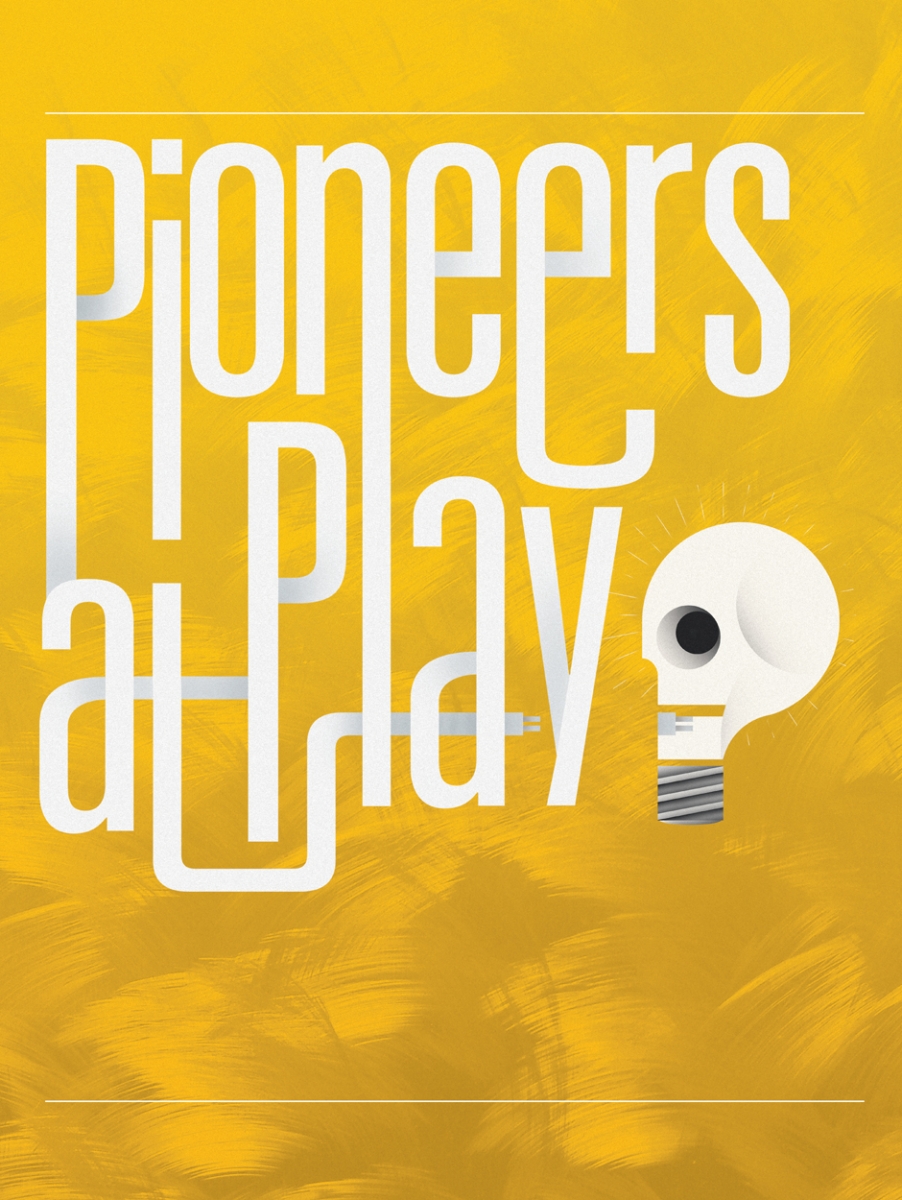A small group of people huddle around a whiteboard. They write ideas on sticky notes, then post them on the board. Nearby is a table covered in Duplo blocks. Near that is a shelf filled with toys, including a Lego Millennium Falcon and a Darth Vader helmet. In the background, surf-guitar music is playing.
This is a meeting of some funky new tech company, right? Or maybe a powwow of creatives?
No, this is a meeting of people from various government agencies. Instead of meeting in a boardroom, they have traveled to the Action Lab, a space designed by local architecture firm Manasc Isaac, that’s located on the second floor of a 124th Street office building. The room has bright yellow walls and is filled with distractions: blocks, games, gadgets and thingamajigs that make you feel like you’ve walked into a Dr. Seuss book.
The Action Lab, which held its grand opening earlier in 2016, is a prime example of the way social agencies are trying to change their images. Brainstorming sessions are replacing agenda-driven meetings. Creativity is encouraged.
The Lab is run by the Skills Society, an Edmonton-based social agency that works with the disabled. But, the space is open for all agencies to use – a place that encourages outside-of-the-box thinking. Why is it needed? Because social agencies, facing reduced funding and growing demands, are in catch-up mode.
“A lot of the social sector was set up a century ago and was built up in the postwar period – when rotary phones were around,” says Tim Draimin, the executive director of Social Innovation Generation, a group that supports innovation in the social sector across Canada. “Now, a lot of the social programs are still based on the rotary phone, when what we need is a smartphone.”
And if what we need is a smartphone, where is the prototype going to be made? According to Draimin, there’s a good chance it’ll come from Edmonton. During the Action Lab’s opening ceremony, he said Edmonton “is the Silicon Valley of social innovation.”
